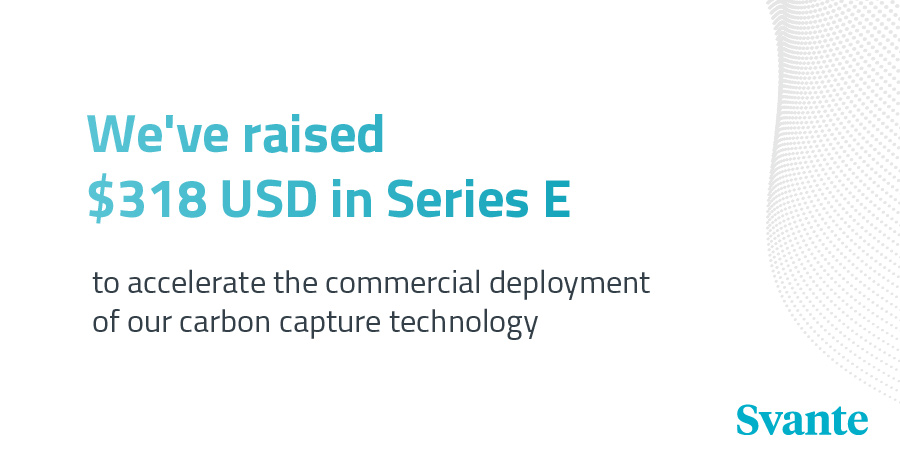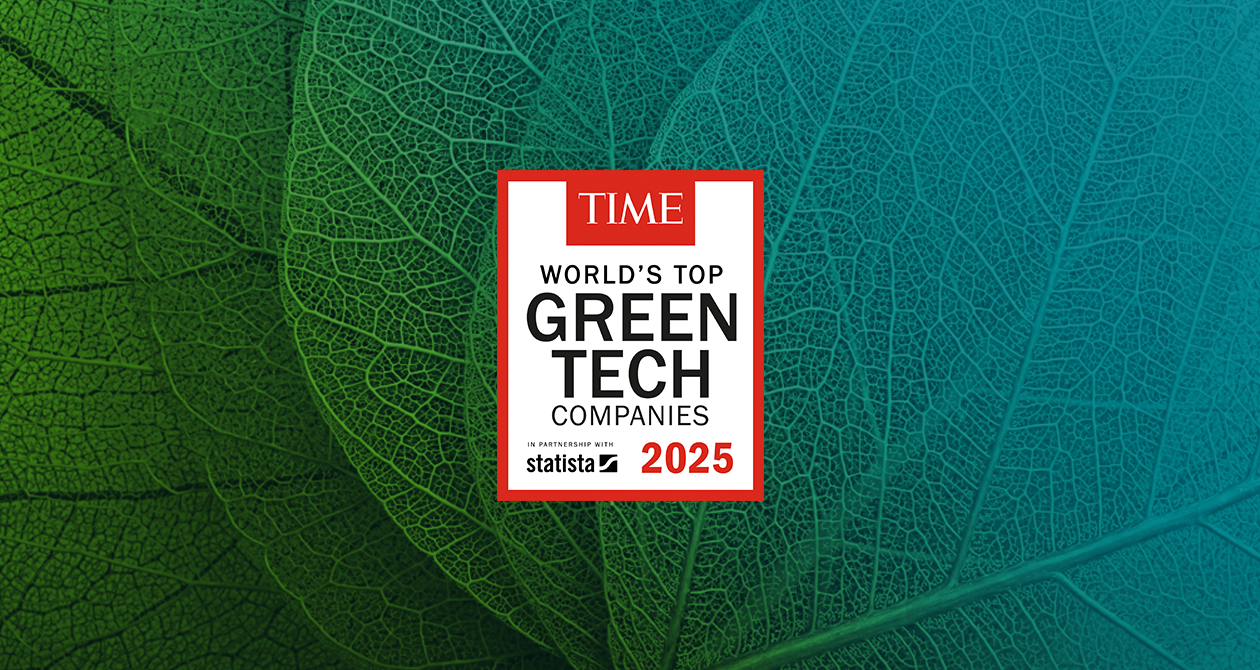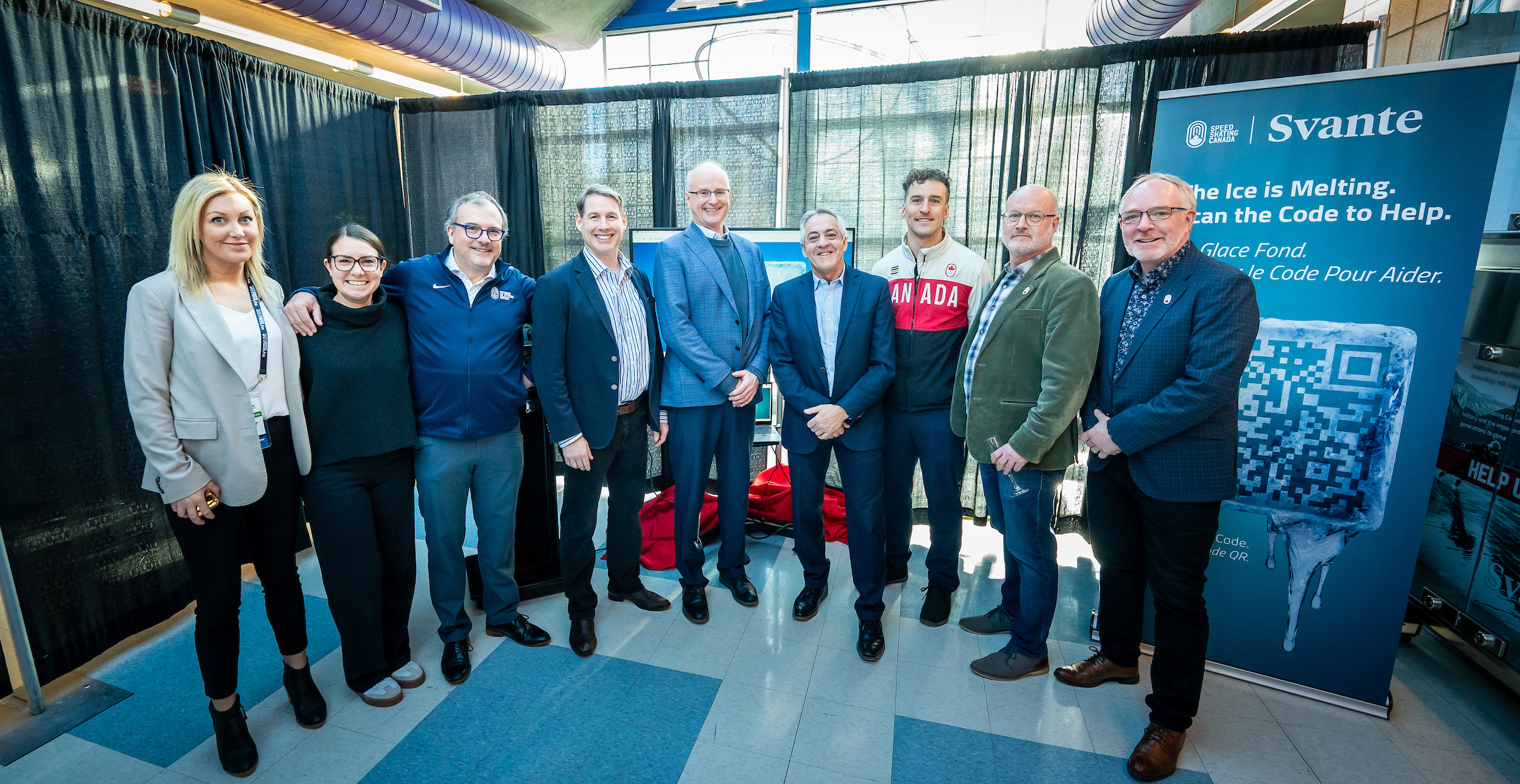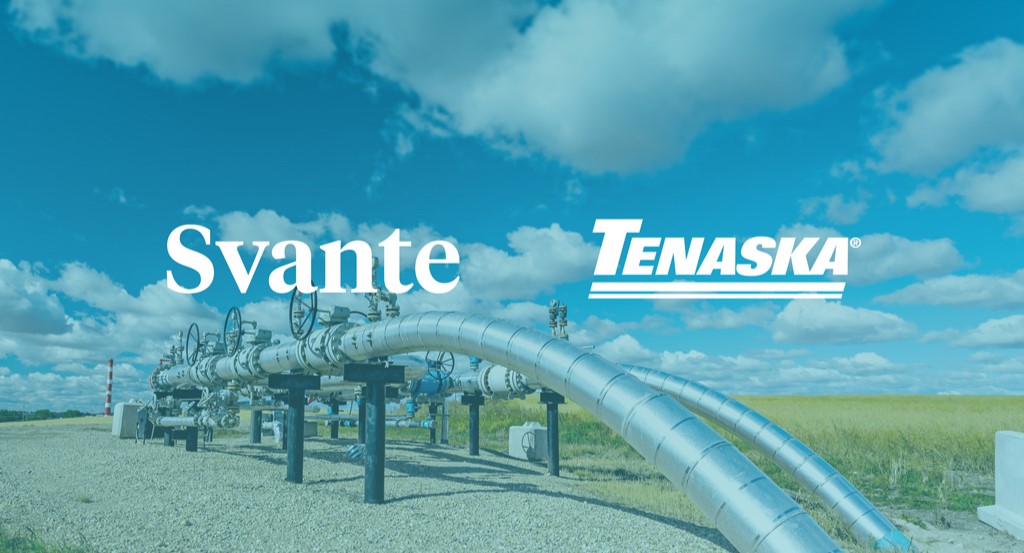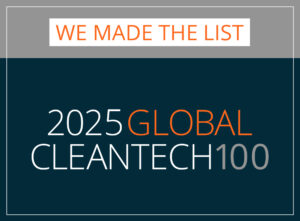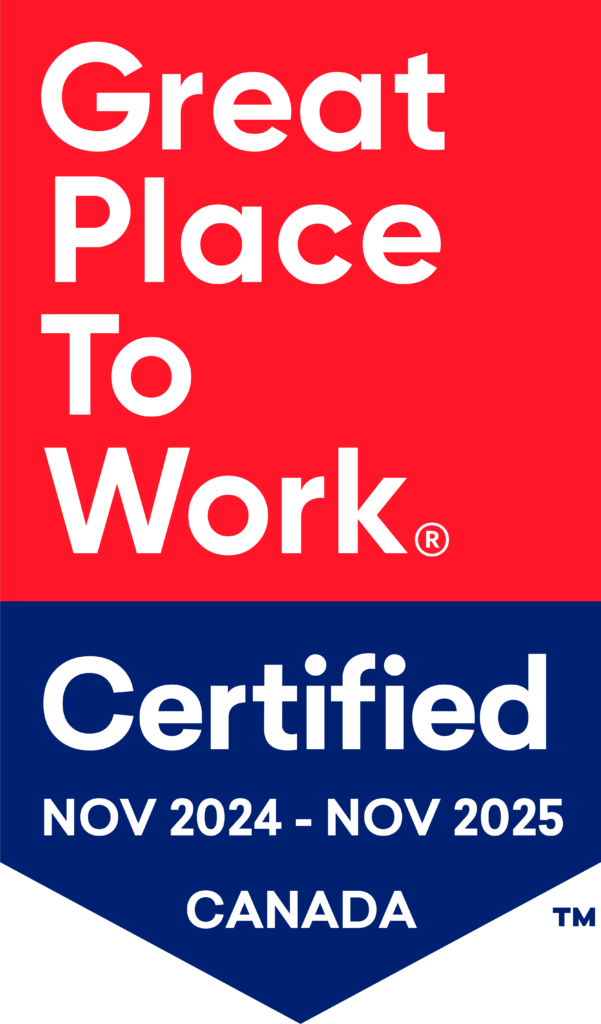HOUSTON & VANCOUVER—(BUSINESS WIRE)—December 15, 2022—Chevron New Energies (CNE), a division of Chevron U.S.A. Inc., and Svante announced that Chevron is the lead investor in Svante’s Series E fundraising round, which raised US$318 million that will be used to accelerate the manufacturing of Svante’s carbon capture technology.
Since its founding in 2007, Svante has developed carbon capture and removal technology using structured adsorbent beds, known as filters. This funding will support Svante’s commercial-scale filter manufacturing facility in Vancouver, which is anticipated to produce enough filter modules to capture millions of tonnes of carbon dioxide (CO2) per year across hundreds of large-scale carbon capture and storage facilities.
“We are proud that Chevron and a group of existing and new strategic and financial investors have demonstrated their confidence in Svante to be a key player in building a commercially viable carbon management industry,” said Claude Letourneau, President and CEO of Svante. “We are working to remove the biggest barriers to rapid deployment of industrial carbon capture by building this manufacturing facility, which we expect will enable us to rapidly expand our order book.”
The size and cost of installing carbon capture technology has been a barrier to industry adoption. Svante’s modular solid sorbent technology is designed to capture CO2 from industrial flue gas. It then concentrates it into a high-purity, 95-percent pipeline-grade CO2 to prepare it for storage or further industrial use. Its approach is tailored specifically to the challenges of separating CO2 from nitrogen in diluted flue gas, which is typically emitted at low pressures, and in dilute concentrations. Svante’s technology is targeted toward industrial decarbonization activities in fields including hydrogen, pulp and paper, lime, cement, steel, aluminum, and chemicals. Svante’s filters are also available for direct air capture and carbon dioxide removal.
In 2021, Chevron launched CNE to accelerate lower carbon business opportunities in CCUS, hydrogen, renewable fuels and products, offsets, and emerging technologies. Chevron plans to invest $10 billion in lower carbon projects through 2028 and remains committed to collaborating in new ways to accelerate progress.
Chevron Technology Ventures made an initial investment in Svante in 2014. In 2020, Chevron launched a project to pilot Svante technology to capture CO2 from post combustion of natural gas. The project has received funding from the U.S. Department of Energy (project #DE-FE0031944). In collaboration with Svante and the National Energy Technology Laboratory, the technology will be tested at Chevron’s Kern River facility in San Joaquin Valley, California, with startup underway this month.
Other fundraising round participants include existing shareholders Temasek, OGCI Climate Investments, Delek US and Hesta AG, and new investors, 3M Ventures (the venture capital arm of 3M Company), Full Circle Capital, GE Vernova, Japan Energy Fund, Liberty Media, M&G Catalyst, Samsung Ventures, TechEnergy Ventures and United Airlines Ventures. J.P. Morgan Securities LLC served as Svante’s lead placement agent with RBC Capital Markets as co-lead placement agent. Full Circle Capital acted as financial advisor to Svante in connection with the transaction.
CAUTIONARY STATEMENTS RELEVANT TO FORWARD-LOOKING INFORMATION FOR THE PURPOSE OF “SAFE HARBOR” PROVISIONS OF THE PRIVATE SECURITIES LITIGATION REFORM ACT OF 1995
This news release contains forward-looking statements relating to Chevron’s operations and energy transition plans that are based on management’s current expectations, estimates and projections about the petroleum, chemicals and other energy-related industries. Words or phrases such as “anticipates,” “expects,” “intends,” “plans,” “targets,” “advances,” “commits,” “drives,” “aims,” “forecasts,” “projects,” “believes,” “approaches,” “seeks,” “schedules,” “estimates,” “positions,” “pursues,” “may,” “can,” “could,” “should,” “will,” “budgets,” “outlook,” “trends,” “guidance,” “focus,” “on track,” “goals,” “objectives,” “strategies,” “opportunities,” “poised,” “potential,” “ambitions,” “aspires” and similar expressions are intended to identify such forward-looking statements. These statements are not guarantees of future performance and are subject to certain risks, uncertainties and other factors, many of which are beyond the company’s control and are difficult to predict. Therefore, actual outcomes and results may differ materially from what is expressed or forecasted in such forward-looking statements. The reader should not place undue reliance on these forward-looking statements, which speak only as of the date of this news release. Unless legally required, Chevron undertakes no obligation to update publicly any forward-looking statements, whether as a result of new information, future events or otherwise.
Among the important factors that could cause actual results to differ materially from those in the forward-looking statements are: changing crude oil and natural gas prices and demand for the company’s products, and production curtailments due to market conditions; crude oil production quotas or other actions that might be imposed by the Organization of Petroleum Exporting Countries and other producing countries; technological advancements; changes to government policies in the countries in which the company operates; public health crises, such as pandemics (including coronavirus (COVID-19)) and epidemics, and any related government policies and actions; disruptions in the company’s global supply chain, including supply chain constraints and escalation of the cost of goods and services; changing economic, regulatory and political environments in the various countries in which the company operates; general domestic and international economic and political conditions, including the military conflict between Russia and Ukraine and the global response to such conflict; changing refining, marketing and chemicals margins; actions of competitors or regulators; timing of exploration expenses; timing of crude oil liftings; the competitiveness of alternate-energy sources or product substitutes; development of large carbon capture and offset markets; the results of operations and financial condition of the company’s suppliers, vendors, partners and equity affiliates, particularly during the COVID-19 pandemic; the inability or failure of the company’s joint-venture partners to fund their share of operations and development activities; the potential failure to achieve expected net production from existing and future crude oil and natural gas development projects; potential delays in the development, construction or start-up of planned projects; the potential disruption or interruption of the company’s operations due to war, accidents, political events, civil unrest, severe weather, cyber threats, terrorist acts, or other natural or human causes beyond the company’s control; the potential liability for remedial actions or assessments under existing or future environmental regulations and litigation; significant operational, investment or product changes undertaken or required by existing or future environmental statutes and regulations, including international agreements and national or regional legislation and regulatory measures to limit or reduce greenhouse gas emissions; the potential liability resulting from pending or future litigation; the company’s future acquisitions or dispositions of assets or shares or the delay or failure of such transactions to close based on required closing conditions; the potential for gains and losses from asset dispositions or impairments; government mandated sales, divestitures, recapitalizations, taxes and tax audits, tariffs, sanctions, changes in fiscal terms or restrictions on scope of company operations; foreign currency movements compared with the U.S. dollar; material reductions in corporate liquidity and access to debt markets; the receipt of required Board authorizations to implement capital allocation strategies, including future stock repurchase programs and dividend payments; the effects of changed accounting rules under generally accepted accounting principles promulgated by rule-setting bodies; the company’s ability to identify and mitigate the risks and hazards inherent in operating in the global energy industry; and the factors set forth under the heading “Risk Factors” on pages 20 through 25 of the company’s 2021 Annual Report on Form 10-K and in subsequent filings with the U.S. Securities and Exchange Commission. Other unpredictable or unknown factors not discussed in this news release could also have material adverse effects on forward-looking statements.
